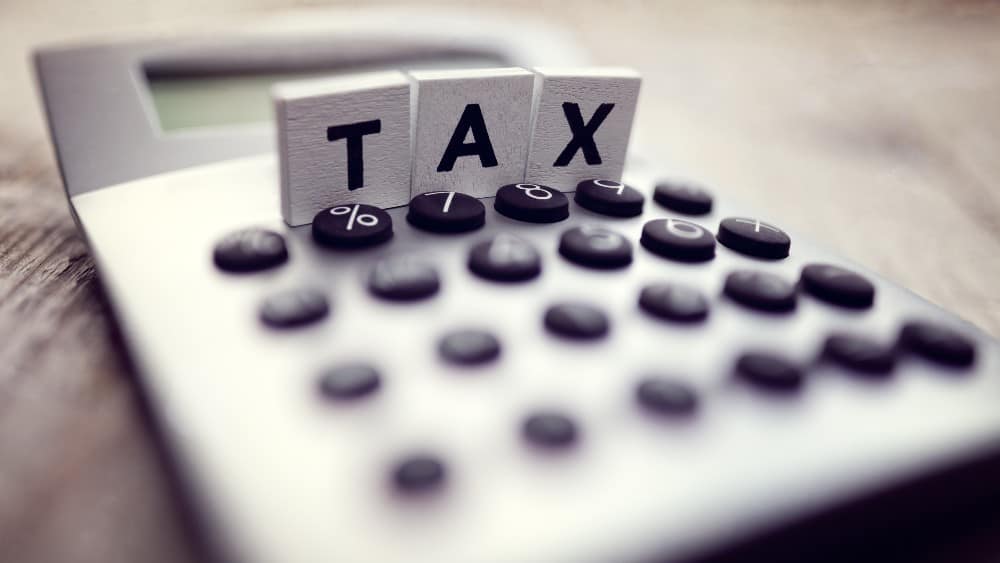The Canada Revenue Agency (CRA) sprung into action with the onset of COVID-19 and the ensuing lockdowns. One of its first actions was to delay the tax filing and payment deadlines. However, the government needed to counter the rising unemployment’s effects on the economy.
It decided to pump liquidity into the economy through stimulus funds under the Canada Emergency Response Benefit (CERB) program. The CRA paid eligible Canadians $2,000 for four-week periods. Seven months after it began, the government ended CERB and replaced it with CERB alternatives.
The Canada Recovery Benefit (CRB) is one of the $2,000 per month alternatives. Like CERB, the CRB also has tax implications. Here’s what you need to know about it and how you can use Hydro One Ltd. (TSX:H) shares to generate your own passive income.
CRB overview
CRB is close to the CERB in terms of how much it can pay per month. However, it is not a direct replacement. Instead of four-week eligibility periods that pay $2,000, CRB has two-week eligibility periods that pay $1,000 to qualifying applicants. Additionally, the CRA deducts 10% withholding tax from CRB money before paying it to the applicants.
CRB was released as a program to compensate self-employed and employed Canadians who do not qualify for the new and improved Employment Insurance (EI) benefits. CRB will have 13 eligibility periods that will cover 26 total weeks beginning from September 27, 2020, to September 25, 2021.
CRB taxes
The CRB tax will be different from CERB. Each time you receive the benefit, the CRA will deduct a 10% tax. It means that your bi-weekly payments will be $900. As far as the tax implications are concerned, you may pay more or fewer taxes. The annual income limit that changes tax implications on CRB is $38,000.
If your total income in 2020 is $38,000 or more, including the CERB and excluding CRB, the CRA will take back $0.5 from your CRB for each surplus dollar over the annual limit.
Generate your own passive income
Ideally, I would recommend creating passive income that does not rely on eligibility criteria or comes with an expiry date. You can use your Tax-Free Savings Account (TFSA) to hold dividend-paying stocks like Hydro One to generate income through its payouts. It is one of the top utility stocks to own right now due to its consistency.
Utility companies are not popular for big swings in profitability. That quality may make utility operators like Hydro One seem boring in a healthy economy. However, the same quality protects its ability to generate predictable and stable income during economic crises. Buying and holding shares of Hydro One can entitle you to receive its reliable dividends.
With enough capital invested in the stock, you can generate a substantial amount in passive income through its dividends. Additionally, the stock’s capital gains can increase the value of your investment further.
Foolish takeaway
Hydro One is trading for $29.65 per share at writing. At its current valuation, the utility company is paying its shareholders at a decent 3.42% dividend yield. The stock is up 41.19% from its March 2020 bottom and almost 20% above its valuation at the beginning of 2020.
I think that Hydro One can make an excellent addition to your investment portfolio to generate tax-free passive income that you can use to phase out relying on government programs like CRB gradually.










